Echinodorus “Tricolour”
Scientific name: Echinodorus “Tricolour”
Family: Alismataceae
Maximum size reached under cultivation: 20 - 40 cm (7.87 - 15.75 inch)
014
Recommended pH range: 5.5 - 7.8
Recommended water hardness: 0 - 30°dGH (0 - 535.71ppm)
0°C 32°F30°C 86°F
Recommended temperature range: 22 - 29 °C (71.6 - 84.2°F)
Preferred propagation method: Lateral shoots
Native to: Cultivated form / Hybrid
Growth rate: Normal
Recommended substrate: Gravel
Lighting requirements: Medium
Ideal placement in tank: Foreground
🌿 Family
Alismataceae
🏷️ Common Name
Echinodorus “Tricolour”
🌍 Origin
This plant is a cultivated hybrid, developed by crossing several species of Echinodorus native to South America. It does not occur naturally in the wild.
📍 Planting Area
Foreground to Midground. Due to its compact size and colorful leaves, it is ideal as a focal point in smaller tanks or as a foreground accent in larger aquascapes.
💡 Lighting Requirements
Moderate lighting is sufficient for healthy growth and color development. Under stronger lighting, the red and golden hues of the leaves become more intense.
🌱 Propagation
Echinodorus “Tricolour” reproduces through lateral shoots (adventitious plantlets) that form along a flower stalk. Once these plantlets develop roots, they can be carefully removed and replanted in the substrate. Nutrient-rich conditions promote faster and healthier propagation.
⚙️ Difficulty
Easy; this hybrid is known for its adaptability and durability in a wide range of freshwater setups. It tolerates a wide range of water hardness and pH, making it beginner-friendly.
📝 Short Description
Echinodorus “Tricolour” is a striking aquarium plant prized for its multicolored foliage. New leaves often appear red or pink with dark speckling, gradually transitioning into shades of golden green as they mature. It prefers a gravel or fine sand substrate enriched with nutrients and appreciates stable water parameters. Though not demanding, adding root tabs or a nutrient-rich base layer will help this plant maintain its vibrant coloration and steady growth. Suitable for most community tanks, it pairs beautifully with green plants and adds contrast to planted layouts.
❓ Frequently Asked Questions
- Can Echinodorus “Tricolour” be grown emersed?
Yes, it can be grown emersed, especially in humid environments like paludariums or during nursery cultivation. However, leaf shape and color may differ slightly from submerged growth. - How do I maintain its colorful appearance?
Use moderate to strong lighting and provide a nutrient-rich substrate or root tabs. Good iron levels will help enhance red tones in new leaves. - Is this plant suitable for low-tech tanks?
Yes, it’s a hardy hybrid that tolerates a wide range of conditions, making it suitable even for tanks without CO₂ injection—though growth will be slower. - Does Echinodorus “Tricolour” need trimming?
Trimming is rarely needed unless the plant becomes too bushy. Removing older, yellowing leaves encourages new growth and better color development.

 Echinodorus “Ozelot”
Echinodorus “Ozelot”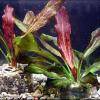 Echinodorus “Red Flame”
Echinodorus “Red Flame”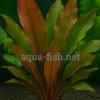 Echinodorus “Red Special”
Echinodorus “Red Special”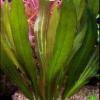 Echinodorus “Rubin”
Echinodorus “Rubin” Echinodorus amazonicus
Echinodorus amazonicus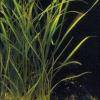 Echinodorus angustifolius
Echinodorus angustifolius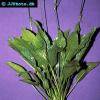 Echinodorus bleheri
Echinodorus bleheri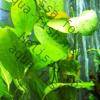 Echinodorus cordifolius
Echinodorus cordifolius Echinodorus grandiflorus
Echinodorus grandiflorus Echinodorus horemanii
Echinodorus horemanii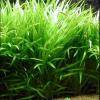 Echinodorus latifolius
Echinodorus latifolius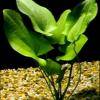 Echinodorus macrophyllus
Echinodorus macrophyllus Echinodorus major
Echinodorus major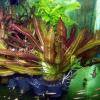 Echinodorus osiris
Echinodorus osiris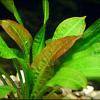 Echinodorus parviflorus
Echinodorus parviflorus Echinodorus quadricostatus
Echinodorus quadricostatus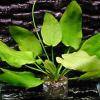 Echinodorus schlueteri
Echinodorus schlueteri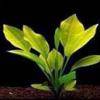 Echinodorus subalatus
Echinodorus subalatus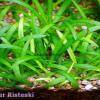 Echinodorus tenellus
Echinodorus tenellus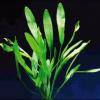 Echinodorus uruguayensis
Echinodorus uruguayensis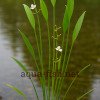 Sagittaria graminea
Sagittaria graminea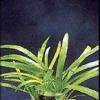 Sagittaria platyphylla
Sagittaria platyphylla Sagittaria subulata
Sagittaria subulata